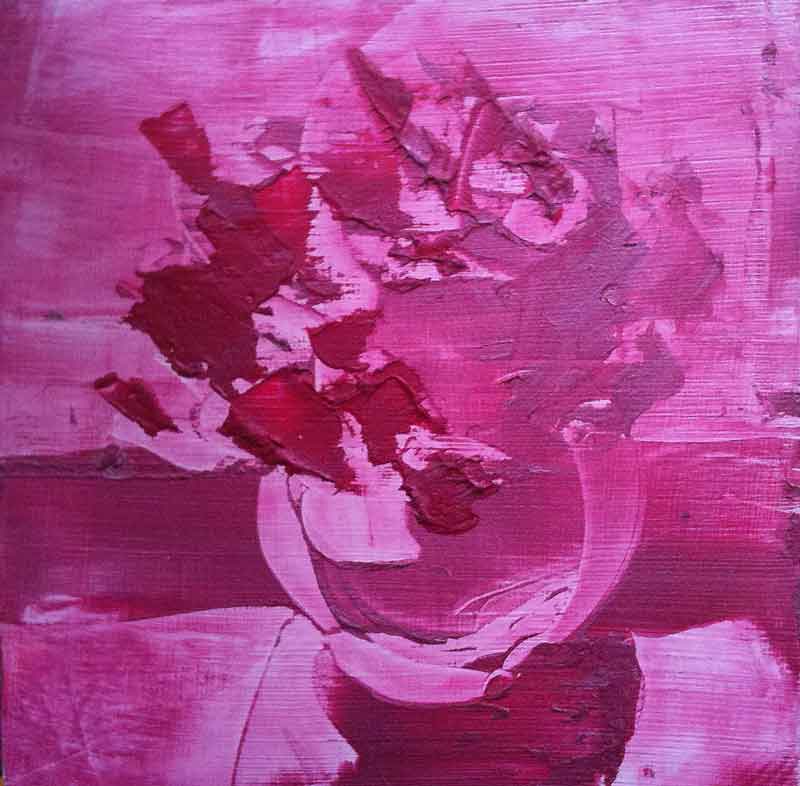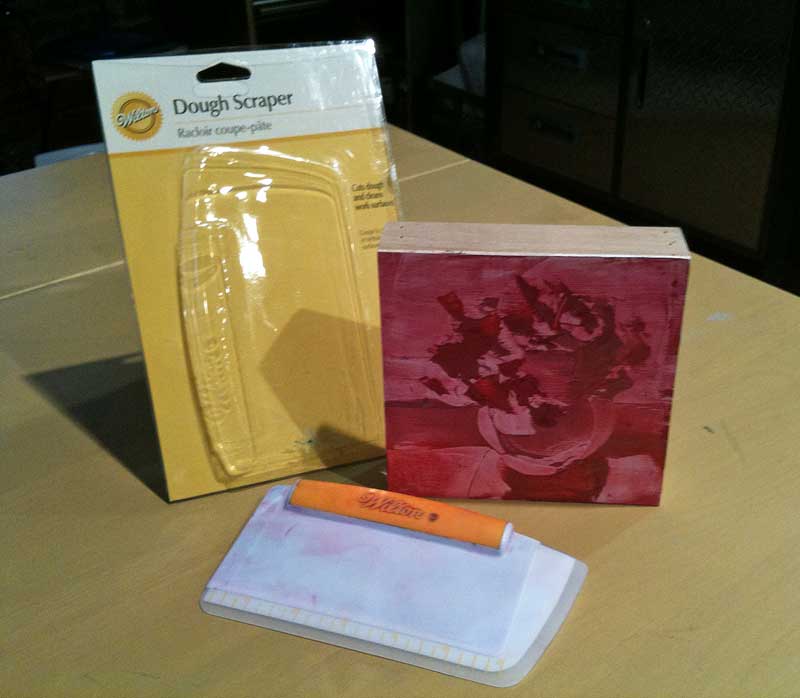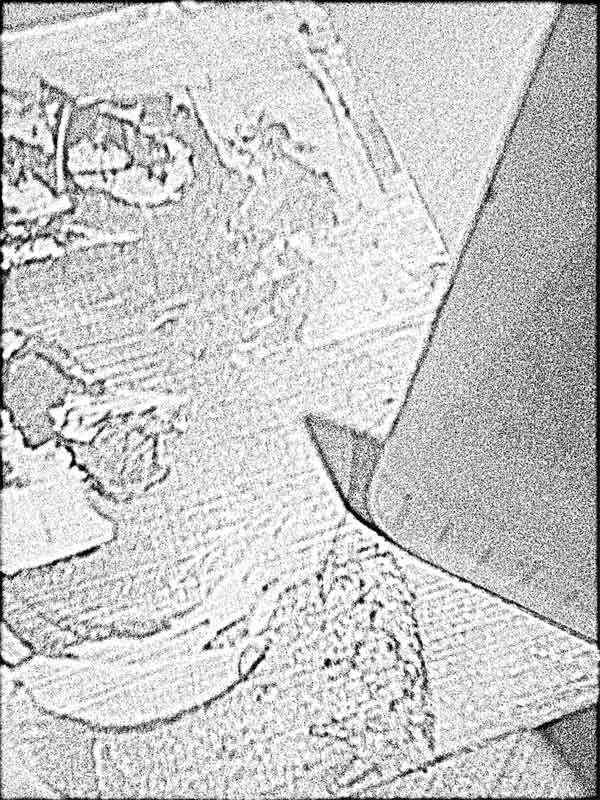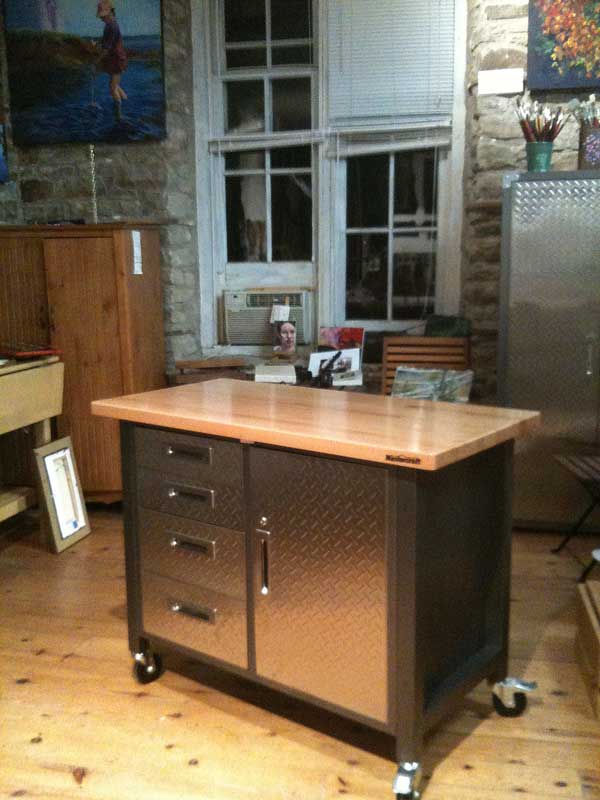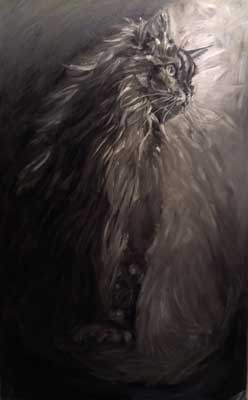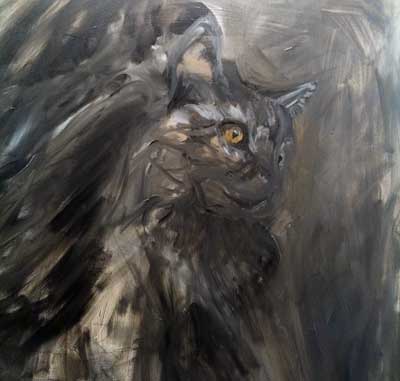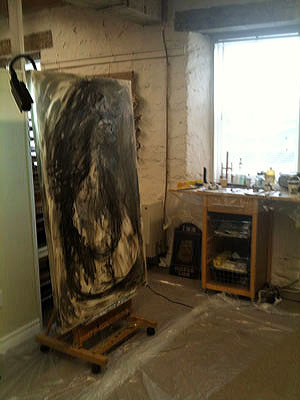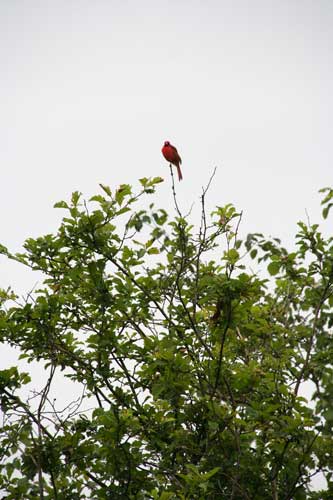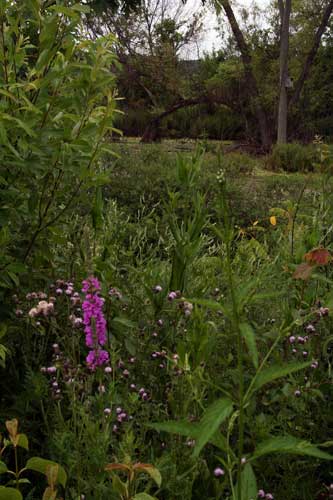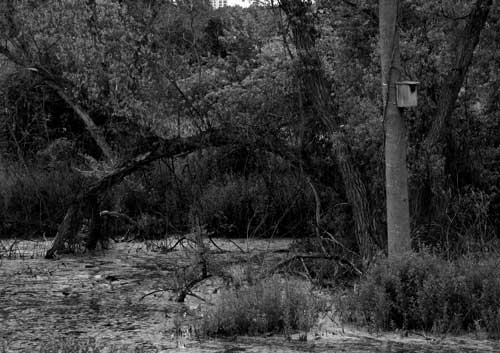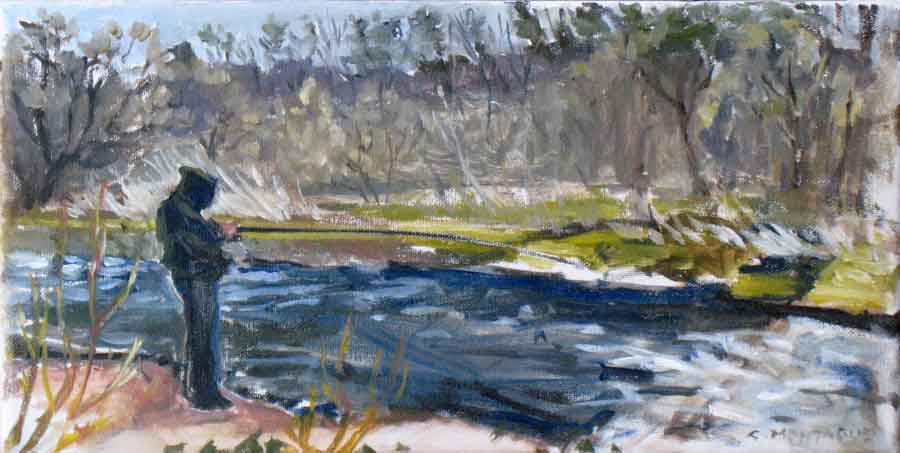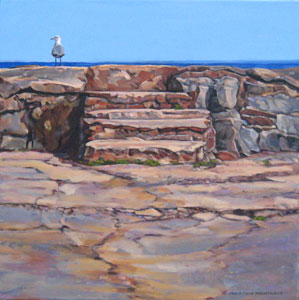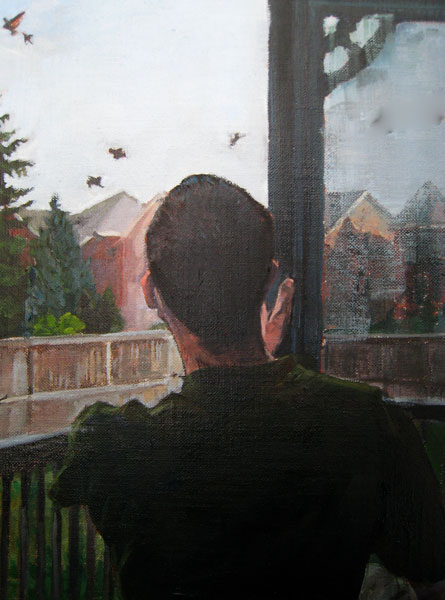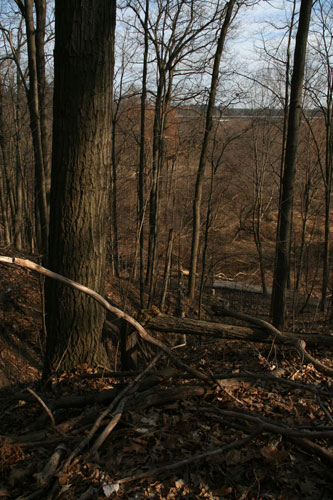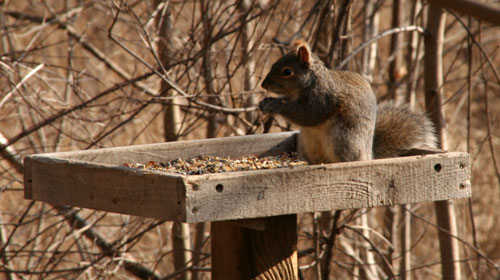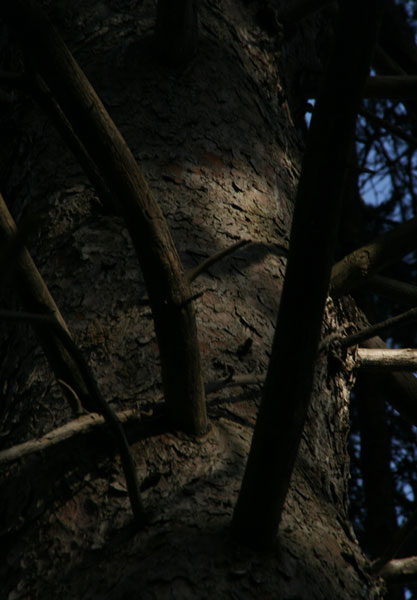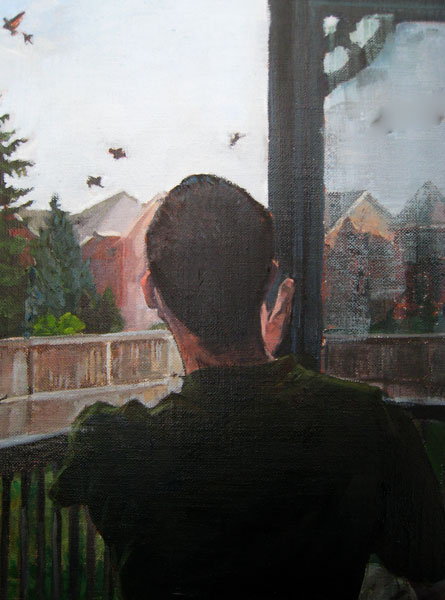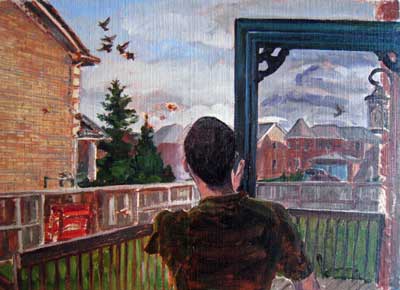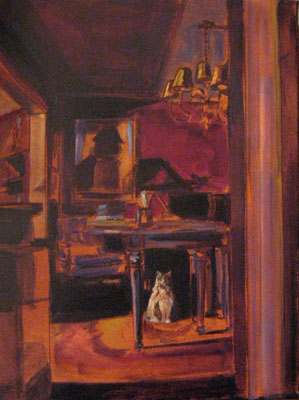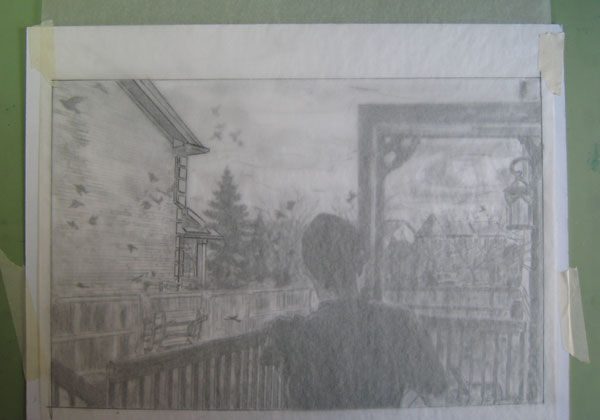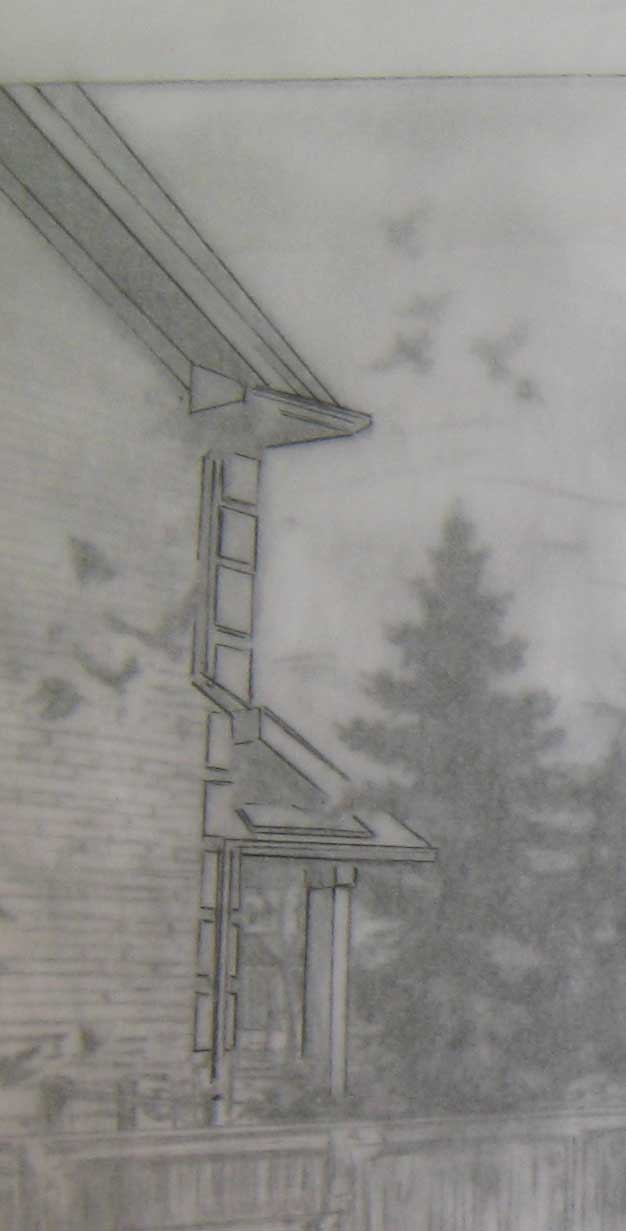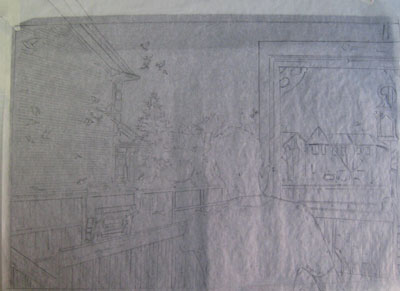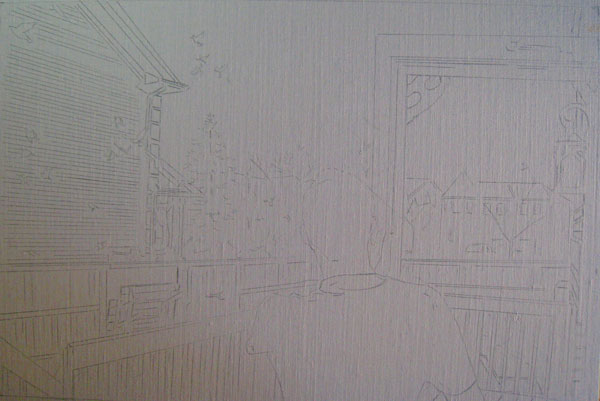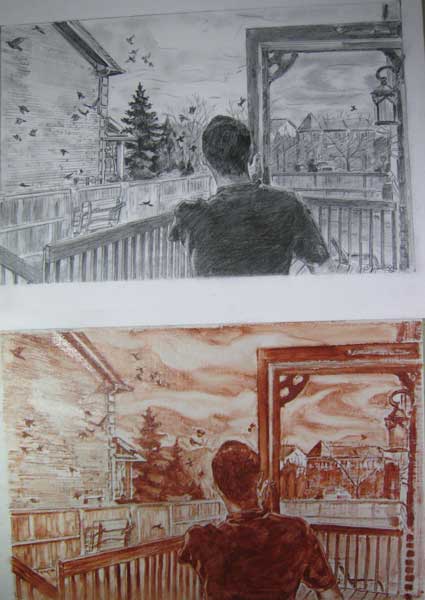 It has been a while since my last adventure with cold wax and oil painting (Read more about it here).
It has been a while since my last adventure with cold wax and oil painting (Read more about it here).
Experiments that I had begun since that time didn't seem to set. I wondered if I had received the wrong Dorland's wax product, or if I used too much oil paint in my ratio of wax to pigment. But as it turned out, I had my work too textured, and the under layers could not dry. When I shaved off the thicker parts the drying process began.
So, the other day, I decided I would put some left over paint to good use and mix in some wax. There was enough for one little small panel. But, like trying to eat one just one peanut , next thing I knew - I had pretty well used up my little stockpile of prepared wood panels (i.e.panels were gessoed, sanded, & their sides masked). A whole series of pink, white & silver of heart & Valentine's Day inspired works lay drying in the studio - hearts emerging from the clouds, floating over the falls ("falling in love" get it?), hearts rising. A couple of bouquets too.
As the cold wax process uses a lot of oil paint - the cost of artist quality Winsor & Newton oil paints does limit how much I can afford to experiment. With Valentine's Day in mind, I added Permanent Rose (what better colour for true love), and Silver to the Dorland's cold wax.
First I dolloped the oil and wax mixture on the panels with a palette knife, then used the Wilton Dough Scraper spread and smoothed it over the surface. I also used the scraper to remove and push the wax mixture to create my texture, and values. The light pink is the stain from removed wax. The darker pink is where the wax is thicker and smooth.
A week later, some of the areas still weren't setting fast enough for my liking. Out came the palette knife to remove areas too thick. I accidentally scratched a piece with the sanding paper I was using to clean up the back of the work. Hmmm. I liked the way that looked, and next thing I knew, I was dramatically changing some of the 3" x 4" blocks by incorporating sanded away texture. Isn't that what experimenting is all about?
Below you see the Wilton Dough Scraper I bought at the Janice Mason Steeves cold wax workshop.

